 How Ashwini Bhide’s vision shaped Mumbai Metro Line 3 and redefined Urban Mobility?
How Ashwini Bhide’s vision shaped Mumbai Metro Line 3 and redefined Urban Mobility?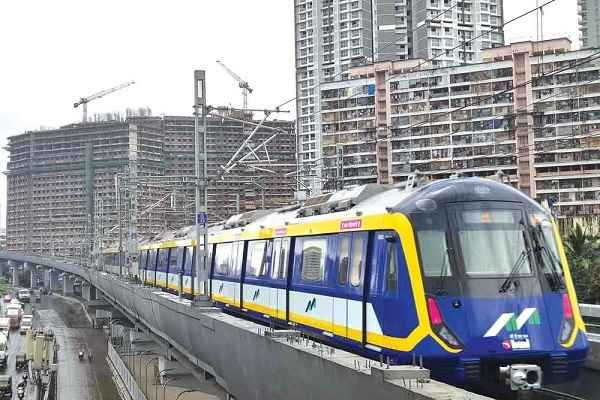 Titagarh Rail Systems Bags ₹2,481 Crore Rolling Stock Contract for Mumbai Metro Line 5
Titagarh Rail Systems Bags ₹2,481 Crore Rolling Stock Contract for Mumbai Metro Line 5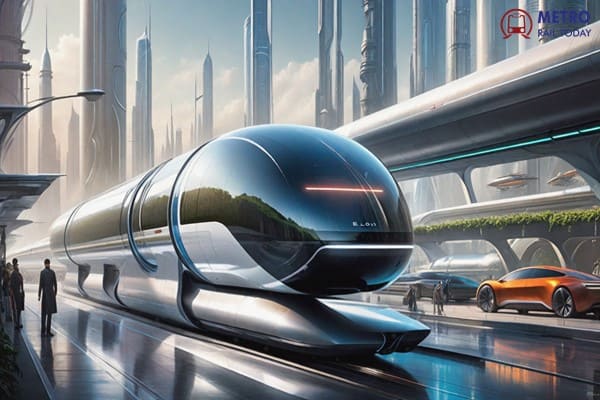 DP World, Deendayal Port and Nevomo join hands to Pilot Magnetic Rail Cargo Movement in India
DP World, Deendayal Port and Nevomo join hands to Pilot Magnetic Rail Cargo Movement in India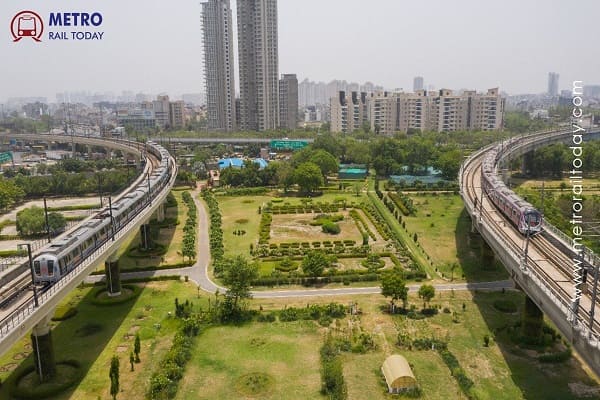 DMRC signs MoU with MapMyIndia to intergrate Delhi Metro Rail Network with Mappls App
DMRC signs MoU with MapMyIndia to intergrate Delhi Metro Rail Network with Mappls App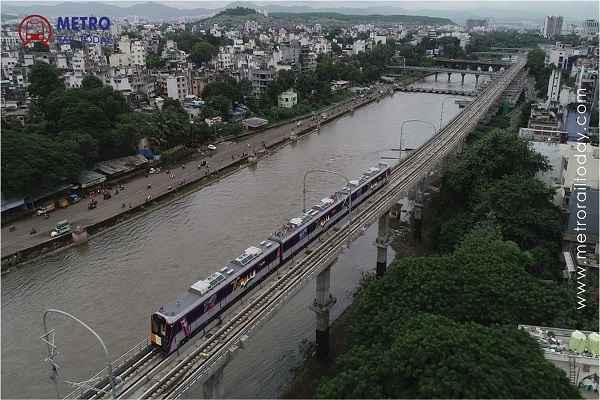 Maharashtra approves Tripartite MoU for Pune Metro Phase 2 Extensions
Maharashtra approves Tripartite MoU for Pune Metro Phase 2 Extensions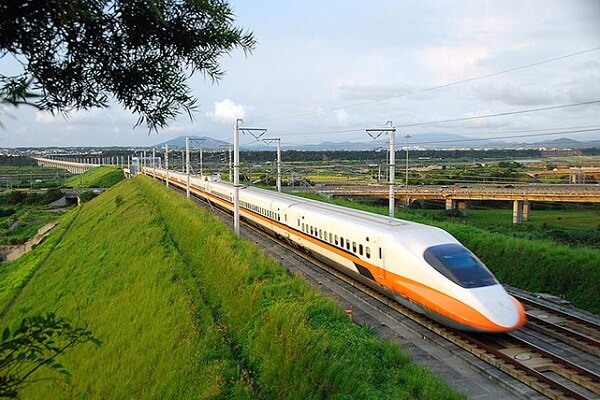 Andhra Pradesh proposes Bullet Train Link to connect Amaravati International Airport
Andhra Pradesh proposes Bullet Train Link to connect Amaravati International Airport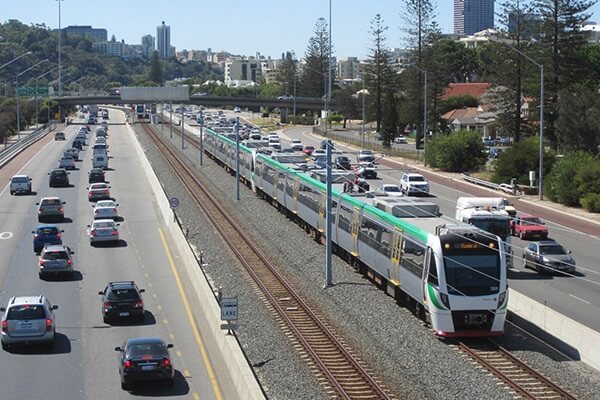 SYSTRA acquires BG&E to strengthen Engineering Expertise in Australia and beyond
SYSTRA acquires BG&E to strengthen Engineering Expertise in Australia and beyond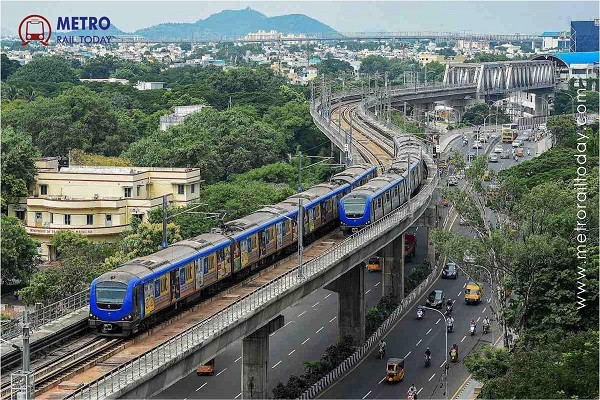 100% Precast work completed for viaduct of Chennai Metro Corridor 4
100% Precast work completed for viaduct of Chennai Metro Corridor 4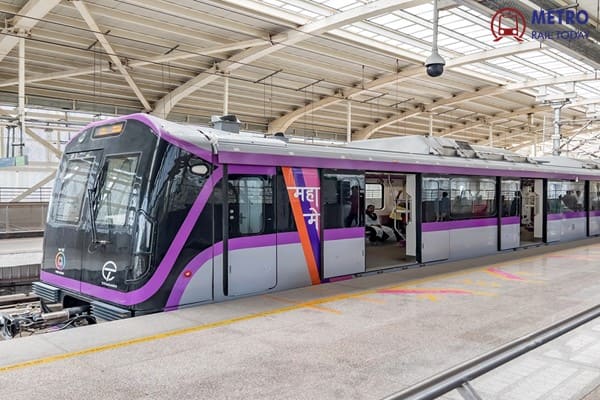 Adani Group bags ₹16.44 Billion Pune Metro Contract for Swargate–Katraj Underground Section
Adani Group bags ₹16.44 Billion Pune Metro Contract for Swargate–Katraj Underground Section MEMCO and United Trans join hands to strengthen Passenger Rail Solutions across Middle East
MEMCO and United Trans join hands to strengthen Passenger Rail Solutions across Middle East
World Environment Day: Metro Railways paving the way towards Net Zero Emissions

In an era where climate change and environmental sustainability have become paramount global concerns, the role of metro railways in reducing greenhouse gas emissions cannot be overstated. Metro systems, often seen as the lifelines of modern cities, are more than just a means of transportation. They represent a significant stride towards achieving net zero emission goals and fostering a greener, more sustainable future.
The Environmental Impact of Metro Railways
Metro railways contribute to environmental sustainability in several key ways. These systems offer a reliable and efficient mode of transportation that significantly reduces the reliance on personal vehicles and, by extension, decreases the emission of harmful pollutants. Here are some of the most profound ways metro railways are making a difference:
1. Reduction in Greenhouse Gas Emissions
One of the most significant environmental benefits of metro railways is the substantial reduction in greenhouse gas emissions. Unlike cars and buses that run on fossil fuels, metro trains are typically powered by electricity. This shift from gasoline and diesel to electric power dramatically cuts down the emission of carbon dioxide (CO2), a major greenhouse gas contributing to global warming.
A study by the International Association of Public Transport (UITP) revealed that public transport, including metro systems, can reduce CO2 emissions by up to 30% compared to private vehicles. This reduction is critical for cities aiming to lower their carbon footprints and meet international climate targets.
2. Energy Efficiency
Metro systems are inherently more energy-efficient than other forms of urban transportation. Trains can transport a large number of passengers simultaneously, making them more efficient per kilometer traveled than cars or buses. Additionally, modern metro systems often incorporate regenerative braking technologies, which allow trains to convert kinetic energy into electrical energy during braking. This energy can be fed back into the power grid or used to power other trains, further enhancing energy efficiency.
3. Reduction of Urban Air Pollution
Urban air pollution is a significant health and environmental issue, often exacerbated by emissions from road traffic. Metro railways offer a cleaner alternative, reducing the number of vehicles on the road and, consequently, the levels of nitrogen oxides (NOx), particulate matter (PM), and other pollutants that contribute to smog and respiratory problems.
A study conducted in Mexico City showed that the introduction of metro lines significantly decreased the concentration of pollutants in the air, leading to better public health outcomes and a cleaner urban environment.
Advancements in Sustainable Metro Technology
The push towards net zero emissions has driven significant innovations in metro railway technology. These advancements not only improve the operational efficiency of metro systems but also enhance their environmental benefits.
1. Electrification and Renewable Energy Integration
Modern metro systems are increasingly integrating renewable energy sources into their operations. Solar panels and wind turbines are being installed at metro stations and depots to generate clean electricity, which can be used to power trains and station facilities. For instance, the Delhi Metro Rail Corporation (DMRC) in India has set a precedent by sourcing a substantial portion of its electricity from solar power, significantly reducing its dependence on conventional energy sources.
2. Energy Storage and Management Systems
Innovations in energy storage and management are also playing a crucial role in making metro systems more sustainable. Advanced battery storage systems allow metro networks to store excess energy generated during off-peak hours and use it during peak demand. This capability not only ensures a steady supply of power but also reduces the need for energy from non-renewable sources.
Moreover, smart grid technologies enable efficient energy management, allowing metro systems to optimize their energy consumption and reduce waste. These technologies can balance the load on the grid, enhance reliability, and support the integration of intermittent renewable energy sources.
3. Eco-Friendly Train Designs
The design of metro trains is evolving to incorporate eco-friendly materials and technologies. Lightweight materials, such as aluminum and composites, are being used to build train bodies, reducing energy consumption and increasing efficiency. Additionally, modern trains are equipped with advanced propulsion systems and aerodynamic designs that minimize energy loss and improve overall performance.
For example, the new generation of metro trains in Singapore and Copenhagen features energy-efficient HVAC systems, LED lighting, and intelligent control systems that optimize energy use based on real-time data.
Societal and Economic Benefits
The environmental benefits of metro railways are complemented by their positive societal and economic impacts. By providing a reliable and efficient mode of transportation, metro systems contribute to the overall well-being of urban populations and support sustainable urban development.
1. Enhanced Mobility and Accessibility
Metro railways enhance mobility and accessibility in urban areas, allowing people to travel quickly and efficiently across the city. This accessibility is particularly beneficial for low-income communities and individuals without access to private vehicles. By improving connectivity, metro systems support social inclusion and economic opportunities, fostering a more equitable urban environment.
2. Reduction in Traffic Congestion
Traffic congestion is a major issue in many cities, leading to increased fuel consumption, air pollution, and lost productivity. Metro railways offer a solution by providing a high-capacity transportation option that reduces the number of vehicles on the road. This reduction in traffic congestion not only lowers emissions but also enhances the quality of life for urban residents by reducing travel times and stress.
3. Economic Growth and Job Creation
The construction and operation of metro systems generate significant economic benefits, including job creation and economic growth. The development of metro infrastructure involves a wide range of activities, from construction and engineering to maintenance and operations, creating employment opportunities across various sectors.
Additionally, improved transportation infrastructure can attract businesses and investments, boosting local economies and supporting sustainable urban development. The presence of a robust metro system can also enhance property values and stimulate commercial activity in areas served by the network.
Case Studies: Metro Systems Leading the Way
Several cities around the world have demonstrated the environmental and societal benefits of metro railways through successful implementation and innovative practices.
1. London Underground, United Kingdom
The London Underground, also known as the Tube, is one of the world's oldest and most extensive metro systems. It has made significant strides in reducing its environmental impact through various initiatives. The Tube uses regenerative braking technology to capture and reuse energy, and it has implemented energy-efficient lighting and ventilation systems across its network. Moreover, Transport for London (TfL) is committed to sourcing 100% renewable energy for its operations, further reducing its carbon footprint.
2. Hong Kong MTR, Hong Kong
The Mass Transit Railway (MTR) in Hong Kong is renowned for its efficiency and sustainability. The MTR Corporation has implemented numerous green initiatives, including the use of solar panels, energy-efficient trains, and extensive recycling programs. The MTR's commitment to sustainability is reflected in its goal to achieve carbon neutrality by 2050, demonstrating the potential for metro systems to lead the way in environmental stewardship.
3. Delhi Metro, India
The Delhi Metro is a shining example of how metro systems can contribute to environmental sustainability in developing countries. The DMRC has adopted a range of green practices, such as using solar power, rainwater harvesting, and energy-efficient building designs. The Delhi Metro's efforts have been recognized internationally, earning it the title of the world's first metro rail and rail-based system to receive carbon credits for reducing greenhouse gas emissions.
Conclusion
Metro railways are pivotal in the global effort to achieve net zero emissions and combat climate change. By offering a sustainable and efficient mode of transportation, they significantly reduce greenhouse gas emissions, improve energy efficiency, and enhance urban air quality. The integration of advanced technologies and renewable energy sources further amplifies their environmental benefits, positioning metro systems as key players in the transition to a greener future.
The societal and economic advantages of metro railways, including enhanced mobility, reduced traffic congestion, and job creation, underscore their importance in fostering sustainable urban development. As cities around the world continue to expand and modernize their metro networks, the collective impact of these systems will be instrumental in achieving global sustainability goals and creating healthier, more livable urban environments.




